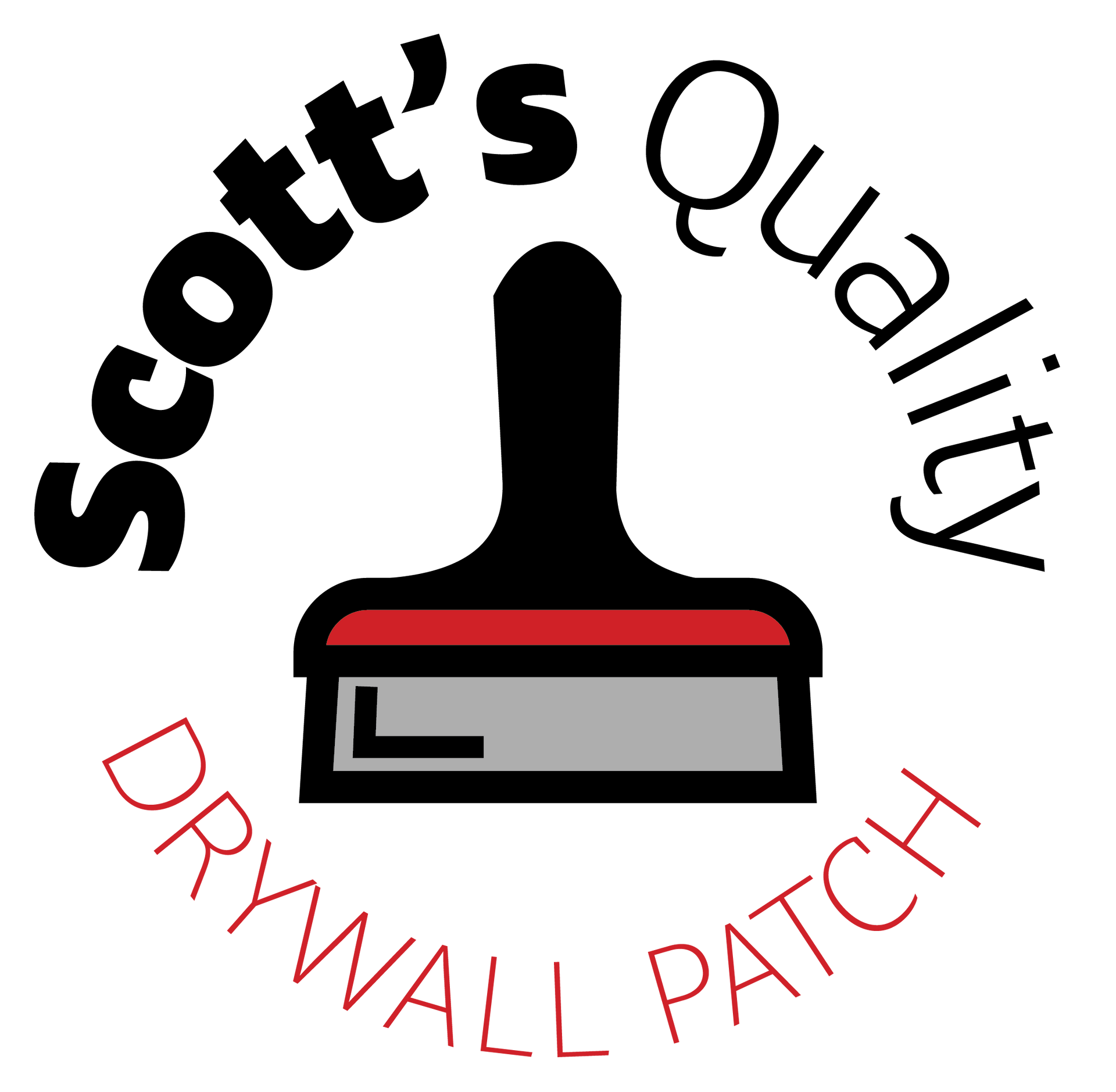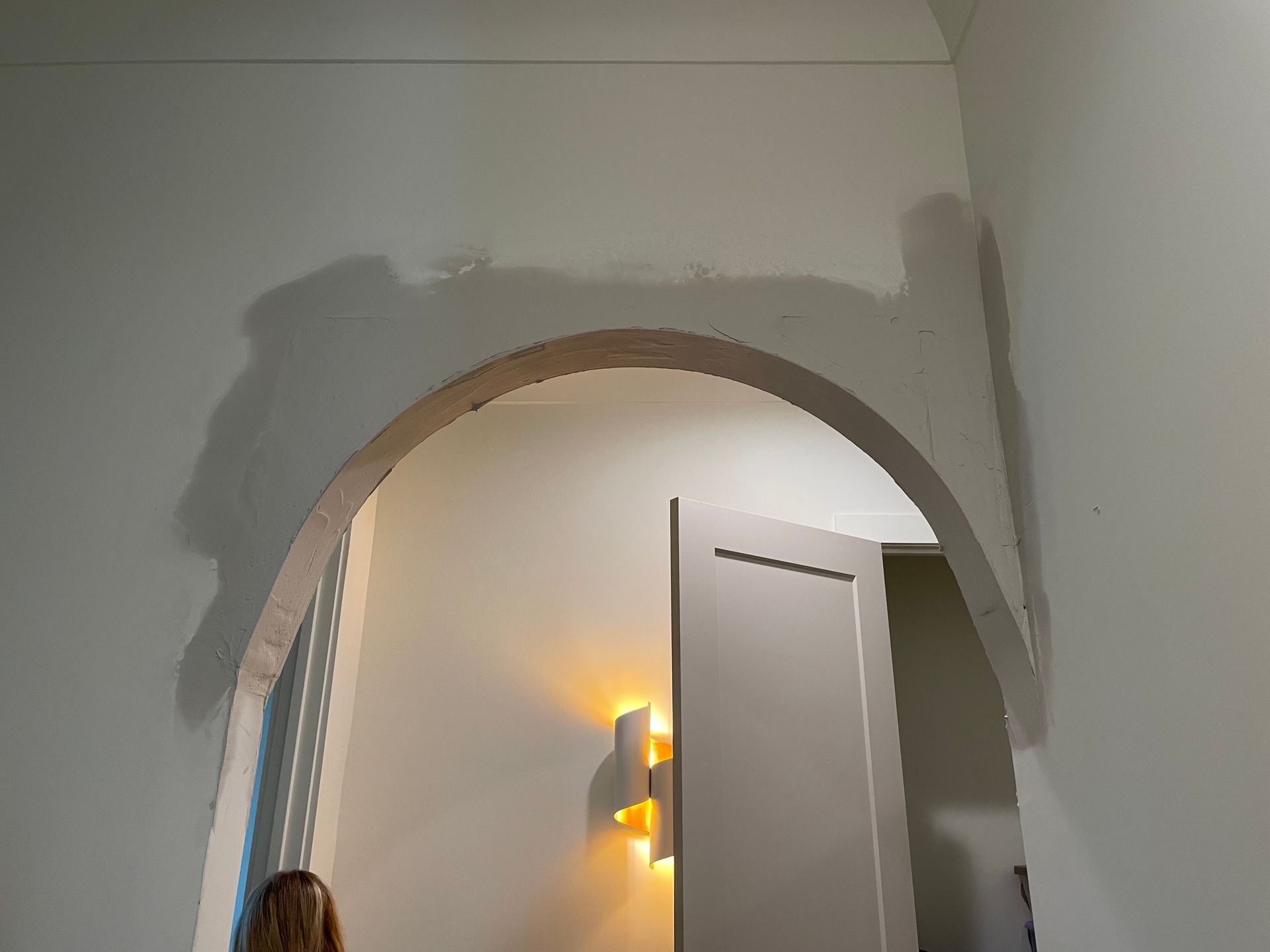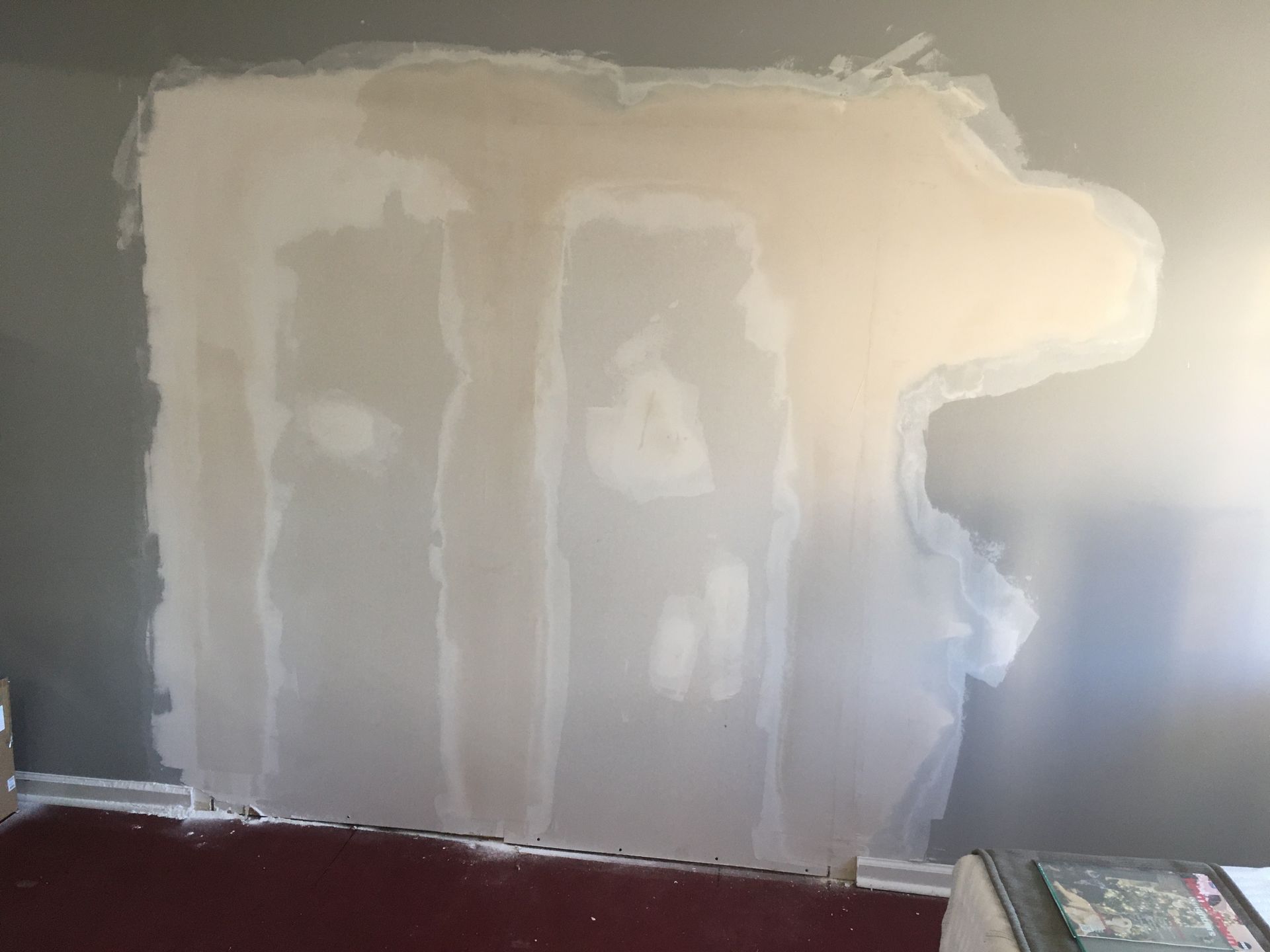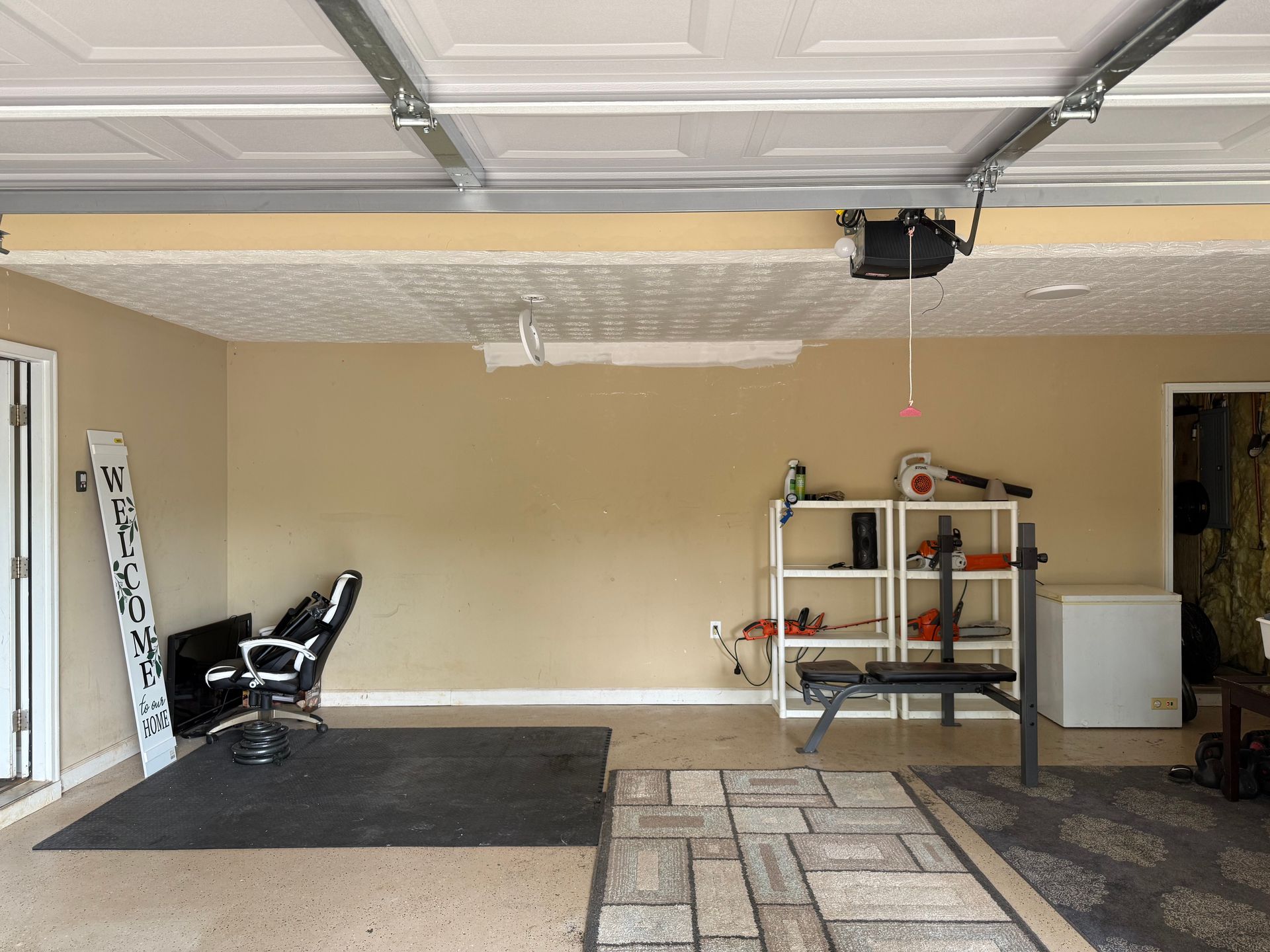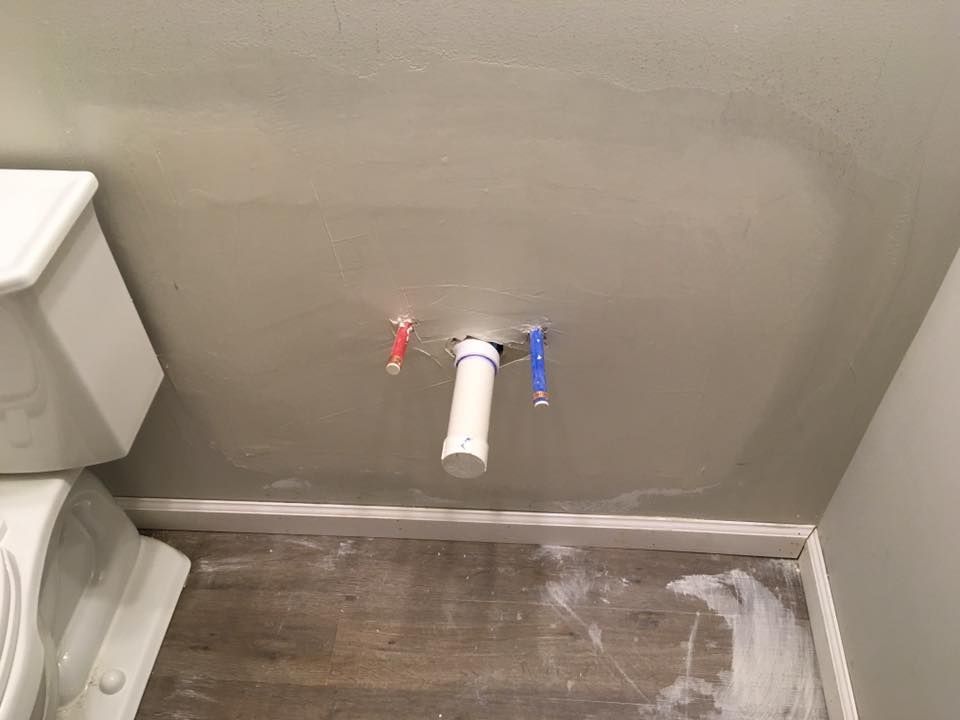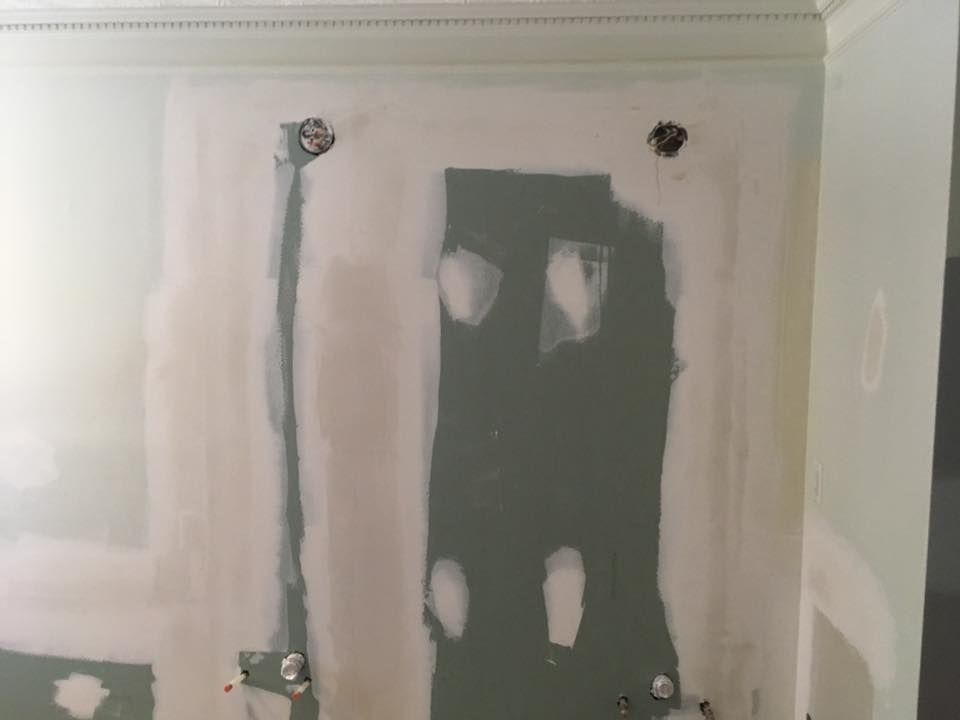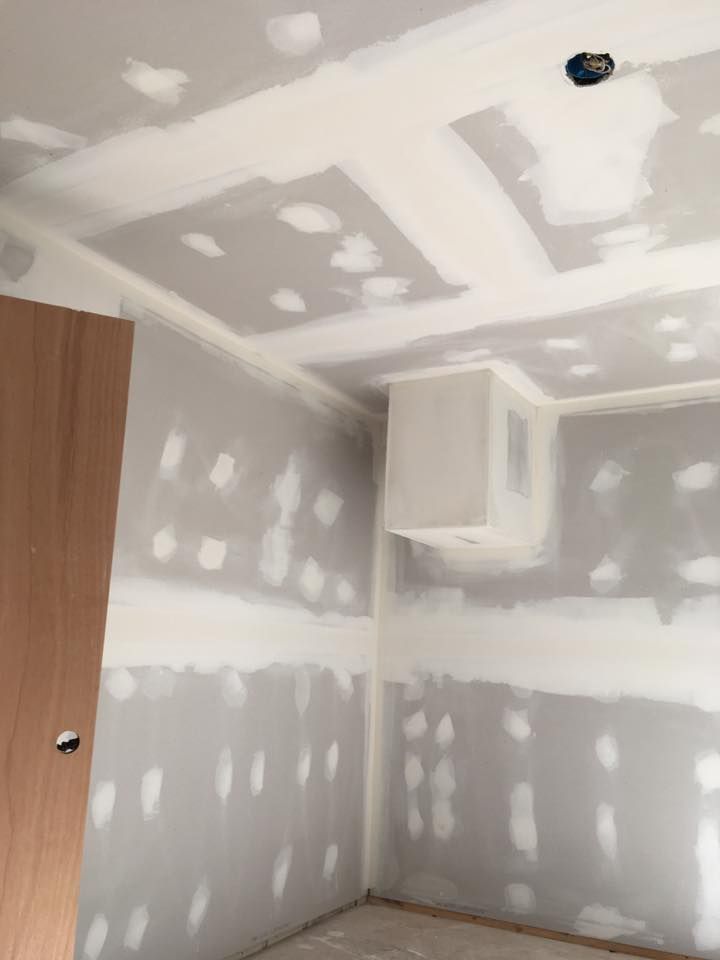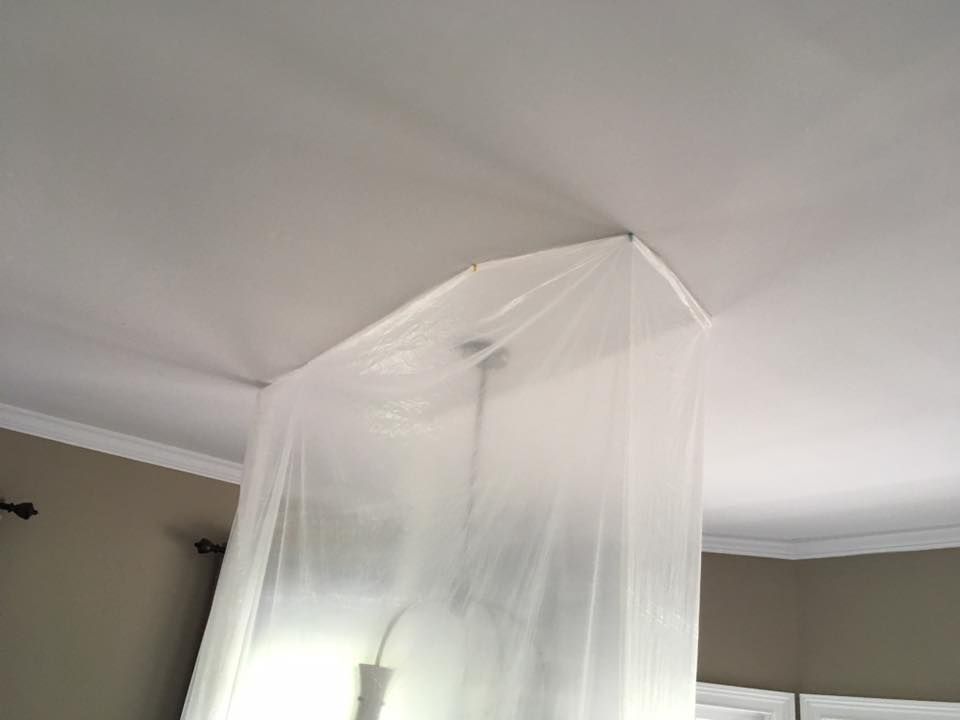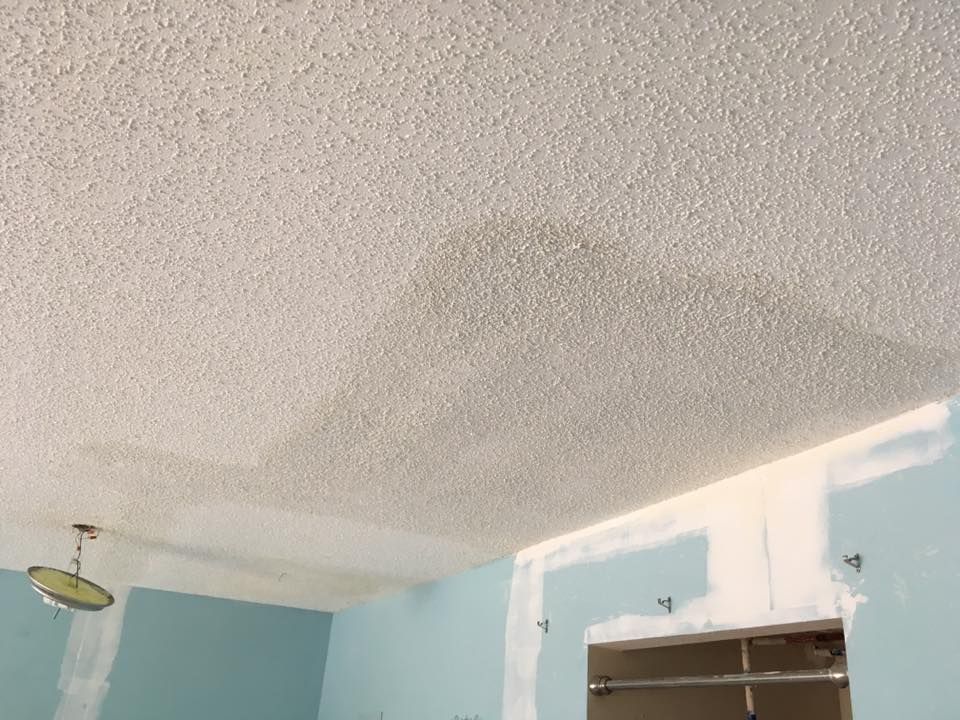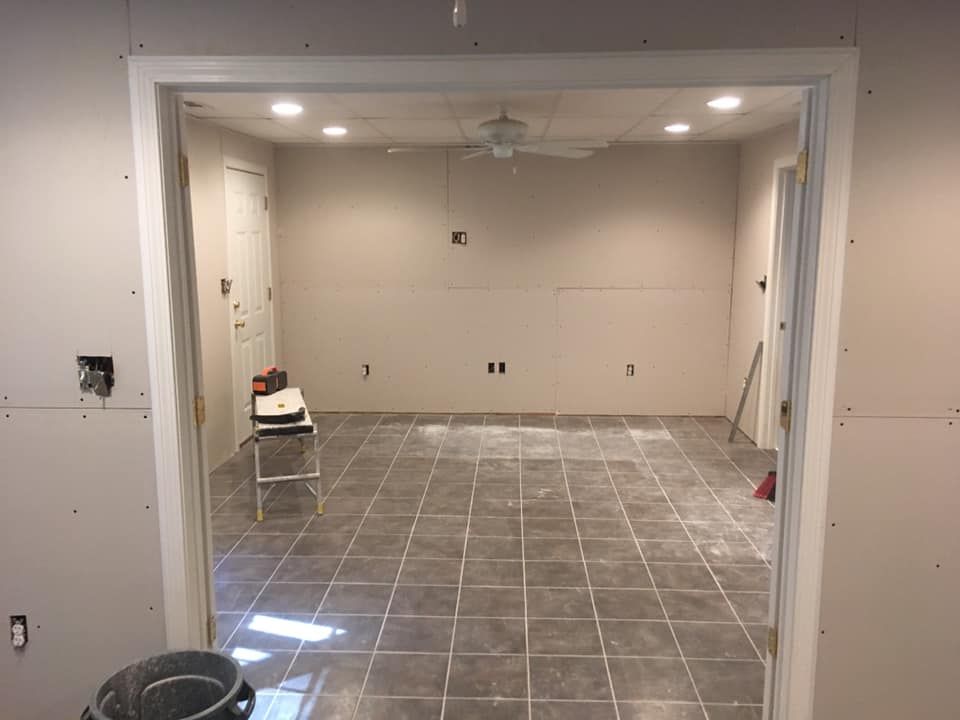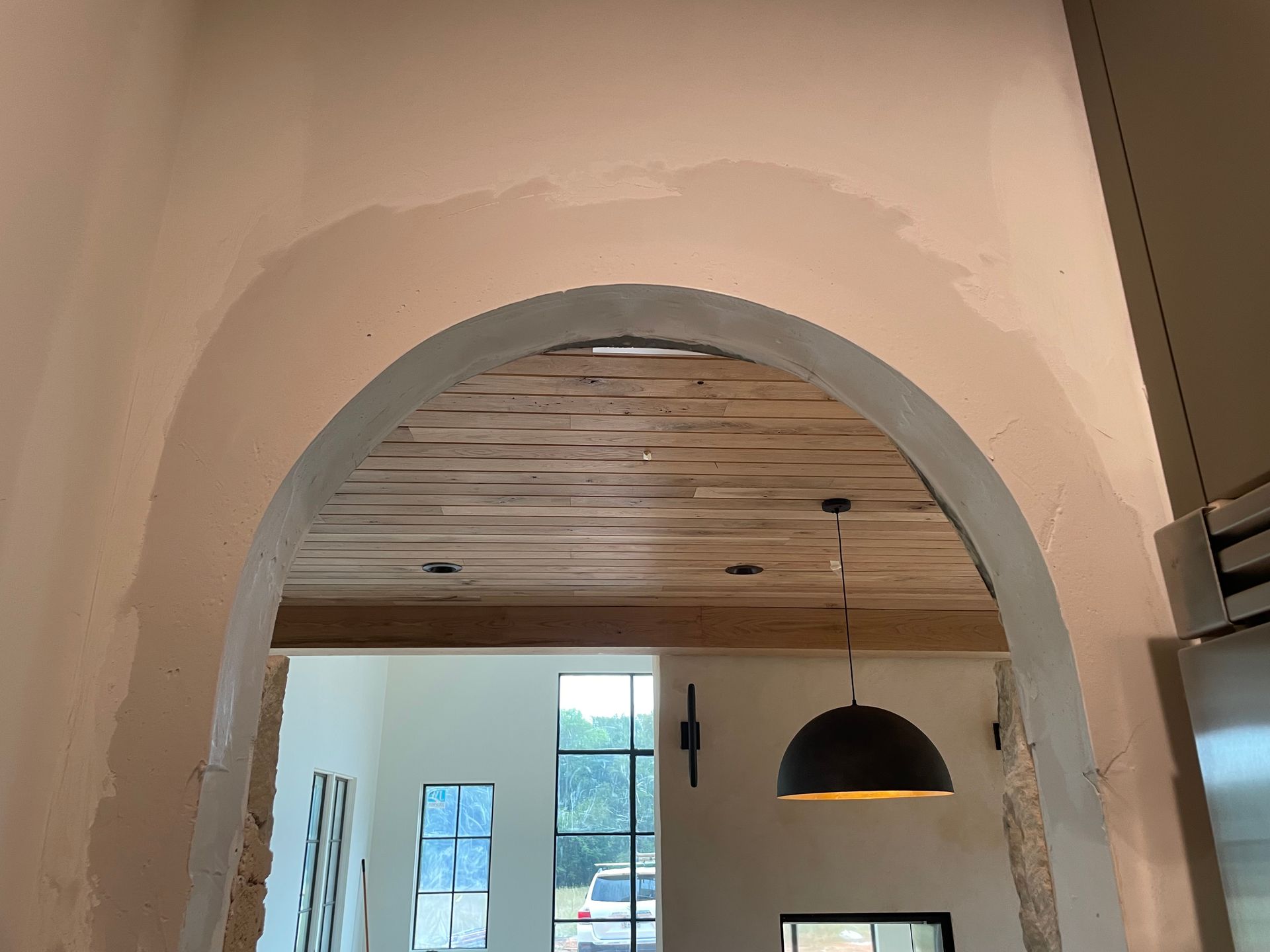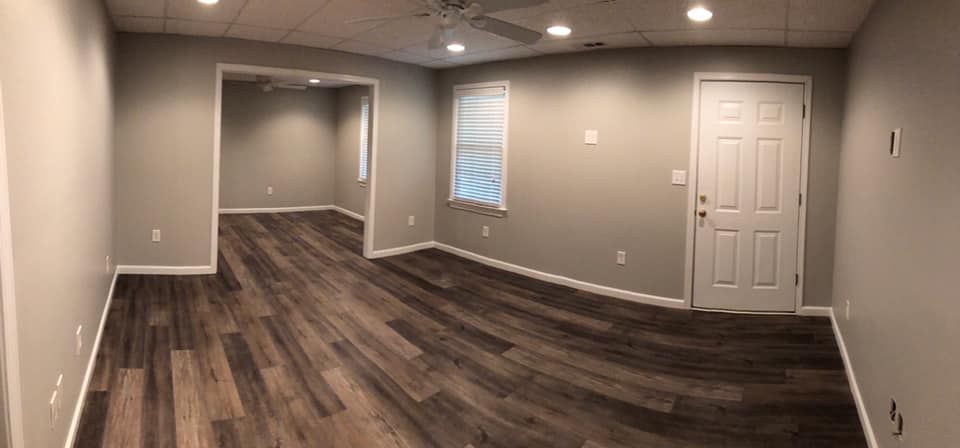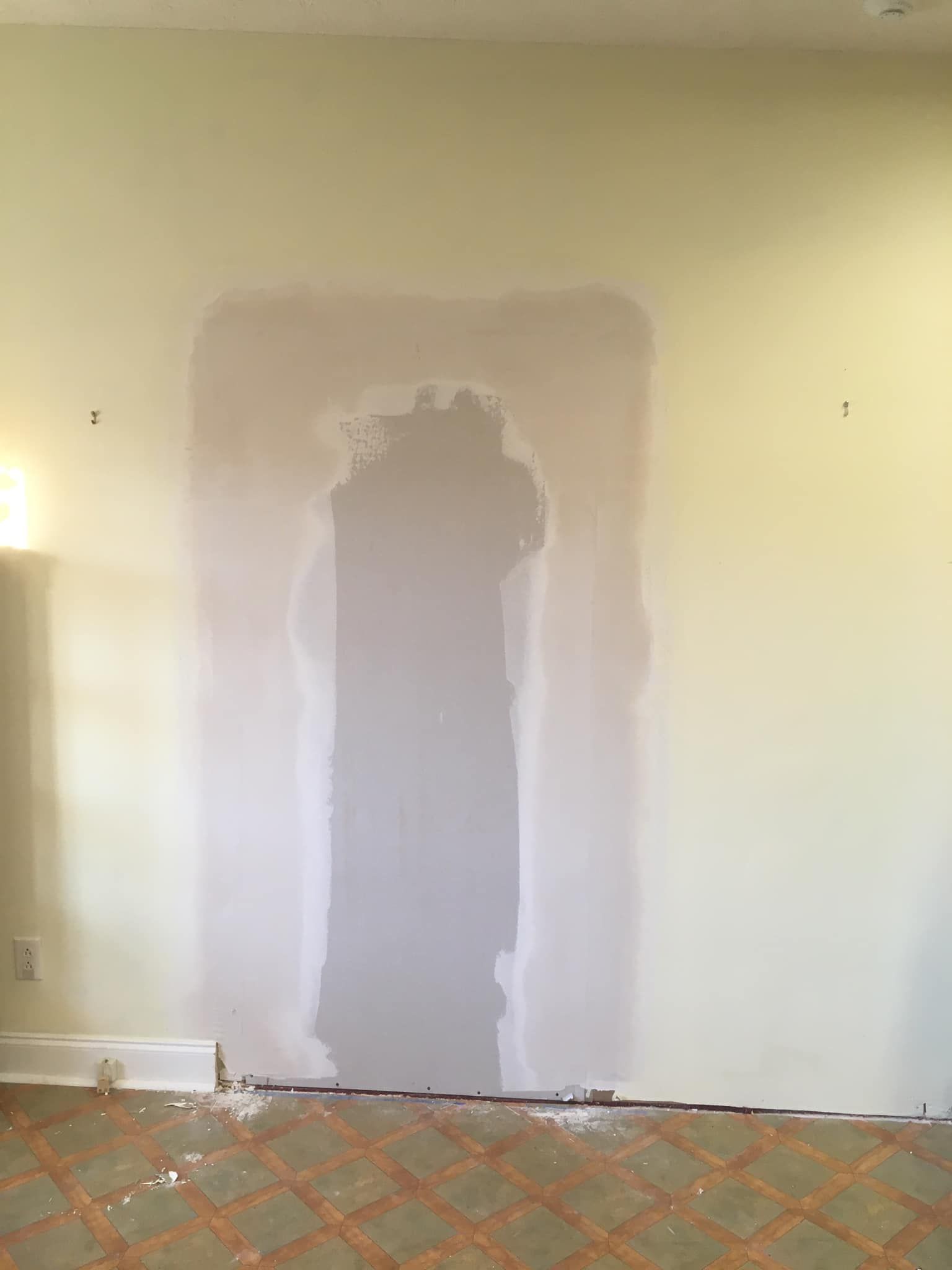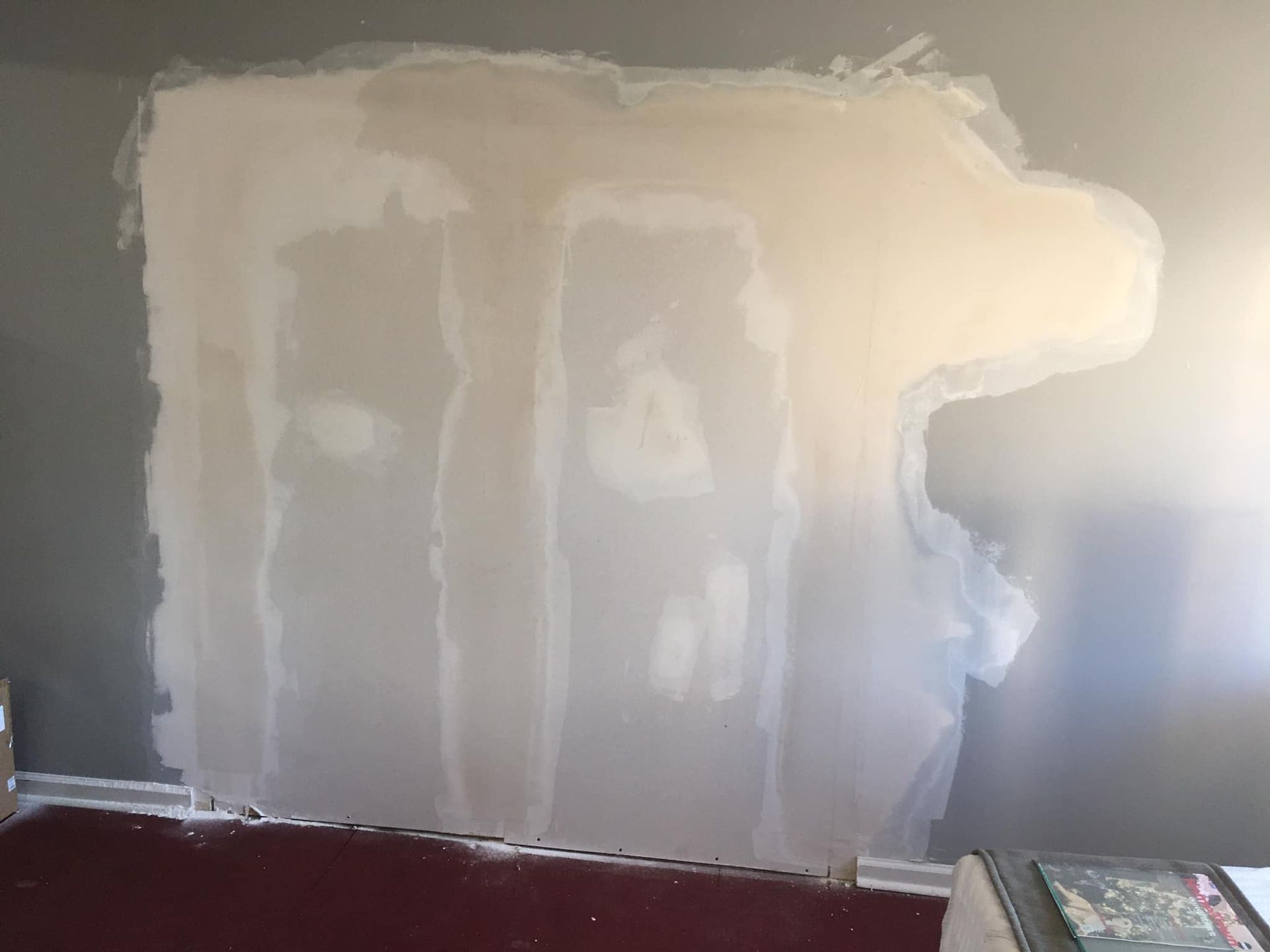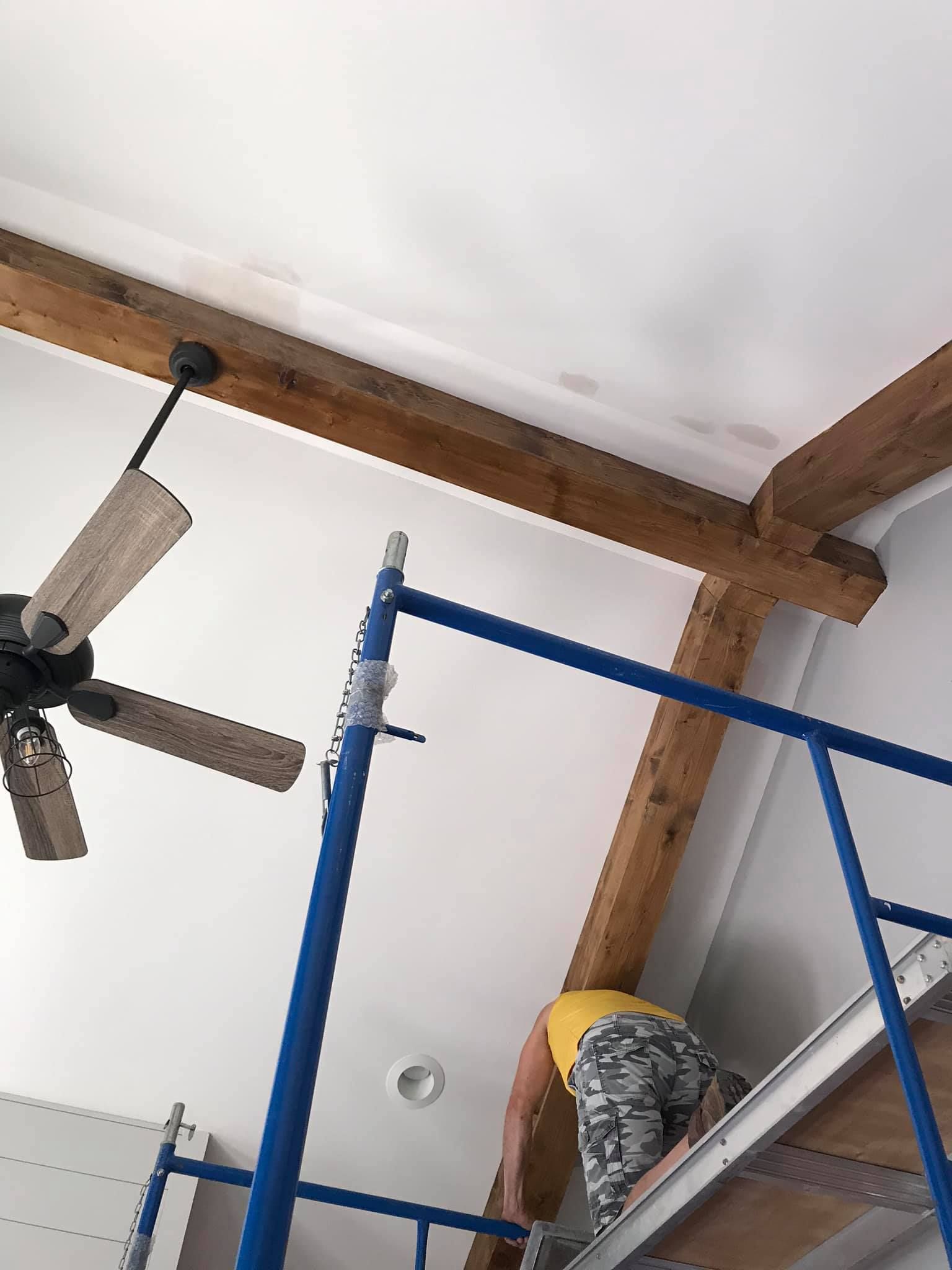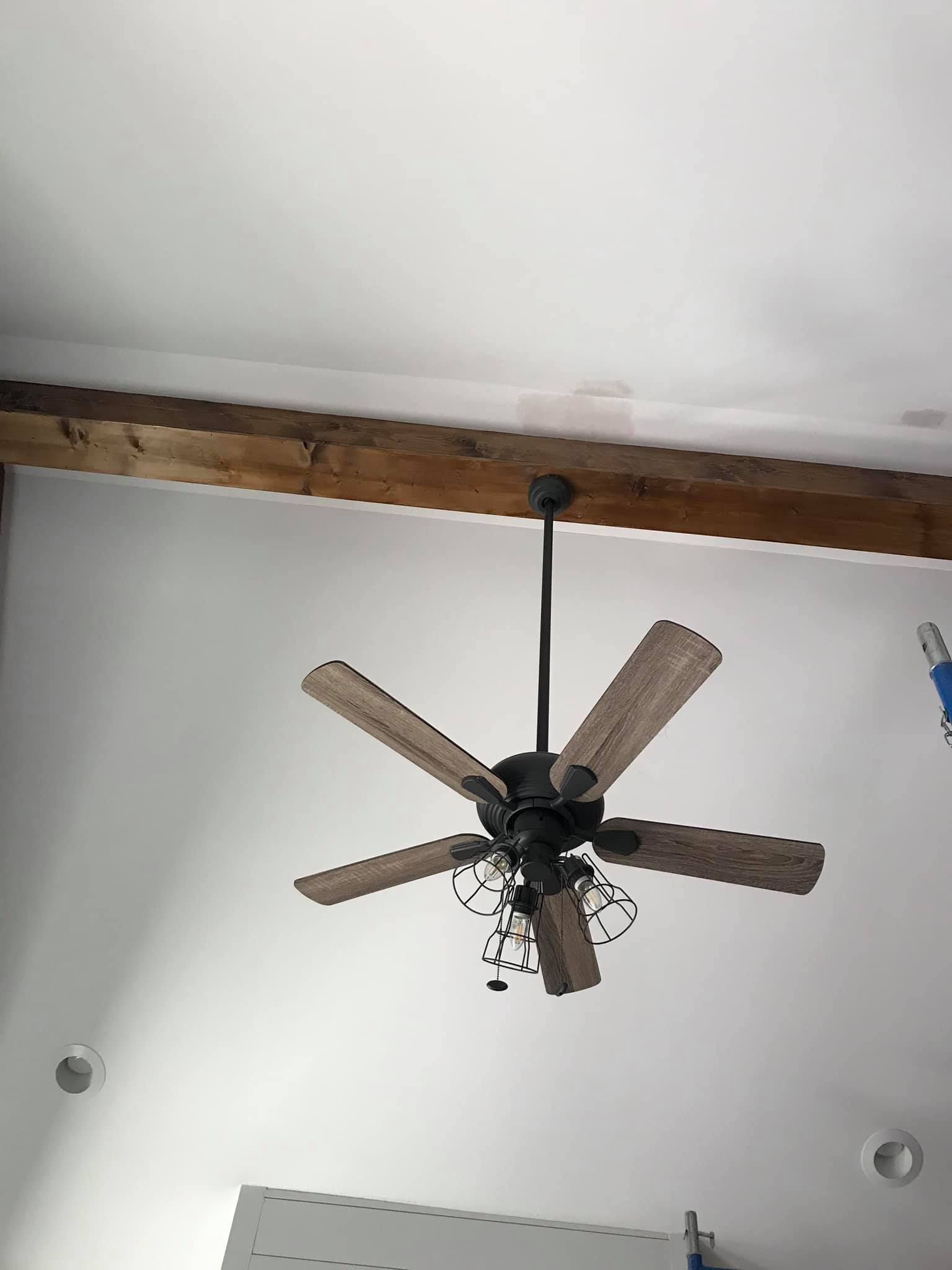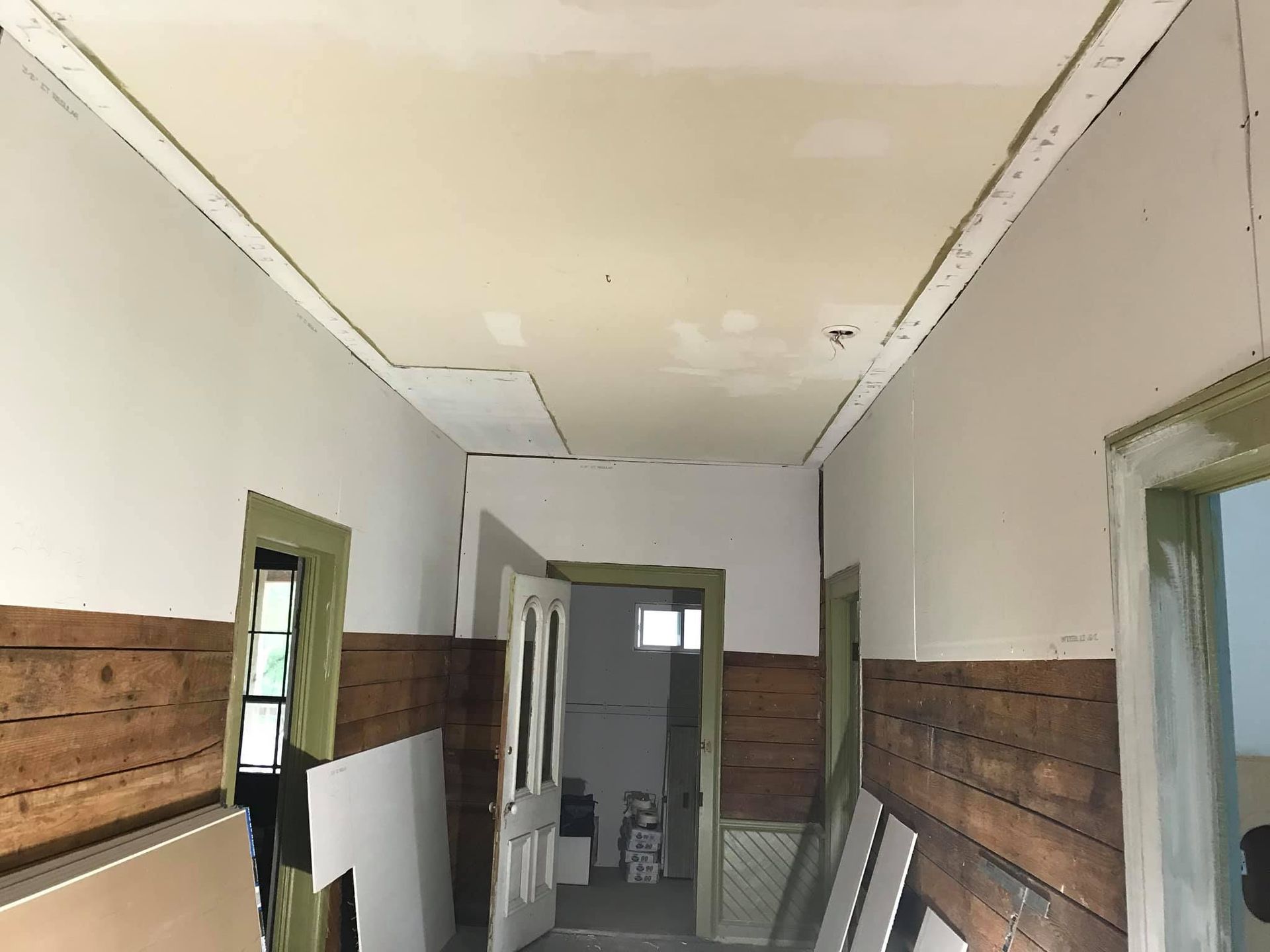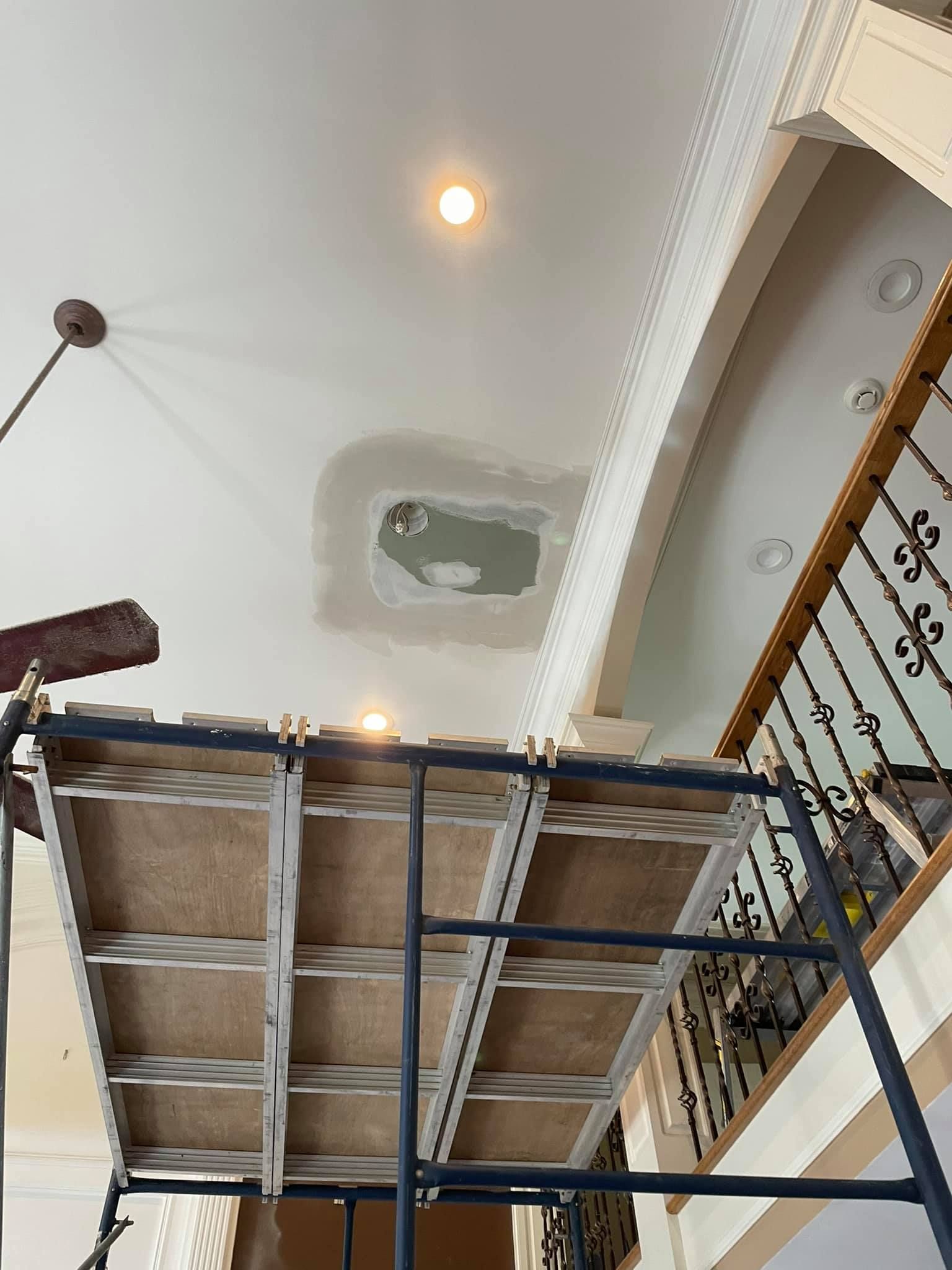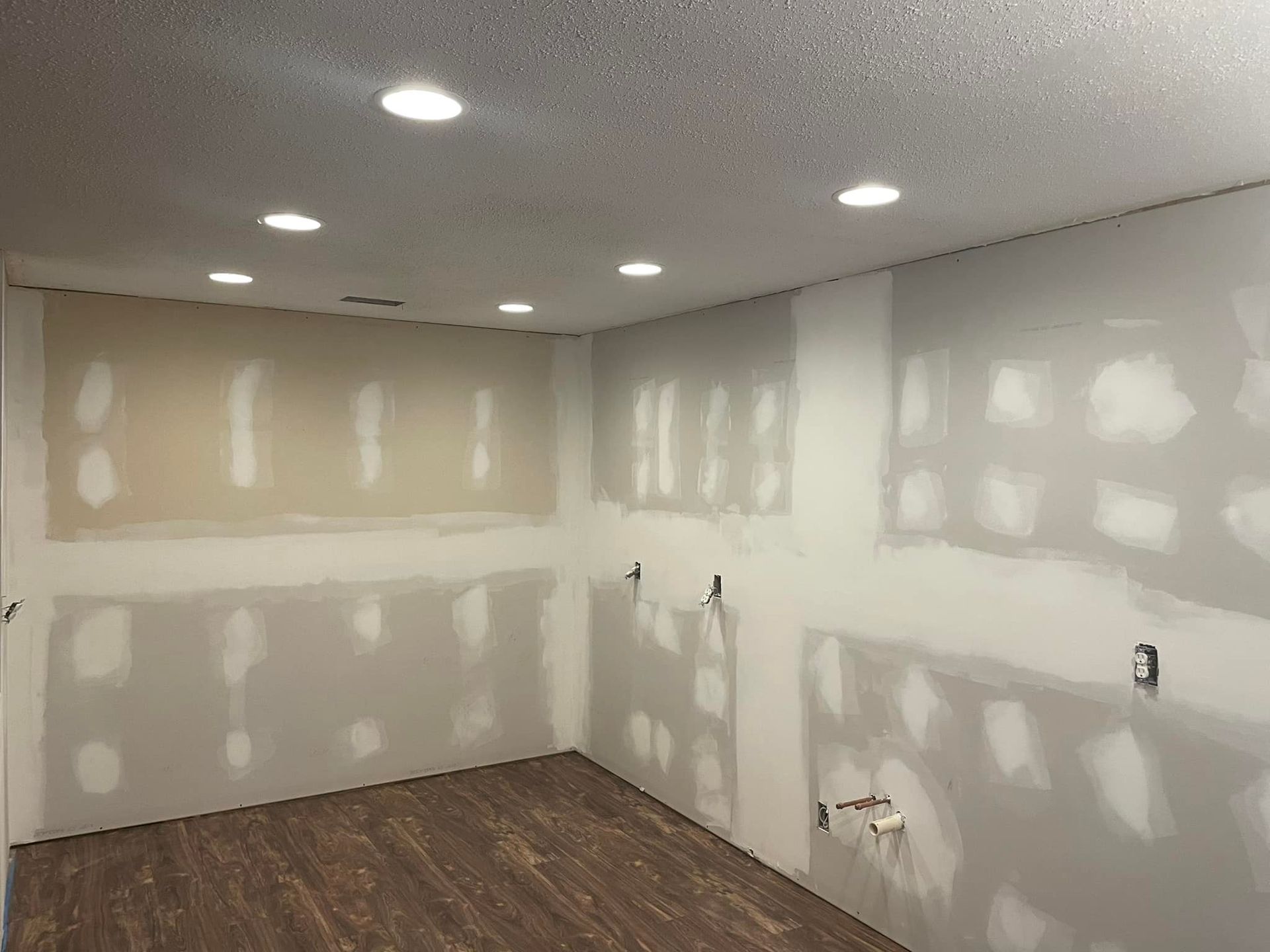Quality is our Legacy
For over 50 years, drywall has been our family's business. We take great pride in delivering exceptional quality to our clients who cherish their homes and expect nothing less than excellence.
We Respect Your Home
Here are some of the steps we take to protect your home during a project
Step One:
Dust Barriers
We use plastic to completely encase the entire work area. This helps to limit the amount of dust that escapes into the rest of the house
Step Two:
Screws instead of Nails
Nails require pounding, which creates additional dust and may damage drywall. Screws are longer lasting and create less dust
Step Three:
Quality Equipment
We utilize quality tools and equipment designed to greatly reduce drywall dust and construction debris in your home
Need help?
Frequently Asked Questions
-
How do I fix small holes or dents in drywall?
Small holes or dents can be repaired by applying spackling paste with a putty knife and sanding it smooth once dry. For nail holes, a single coat is usually enough, followed by priming and painting.
-
What’s the best way to repair large holes in drywall?
Cut out the damaged area, secure a drywall patch with backing, and apply joint compound over the seams. Sand, prime, and paint to blend with the existing wall.
-
How much does professional drywall repair cost?
Pricing can vary significantly for drywall repair, depending on the damage size and location. Complex repairs, like water damage, may cost more due to additional labor. It's best to ask for a free estimate prior to beginning.
-
Can I repair drywall myself, or should I hire a professional?
Small repairs, like patching holes, are DIY-friendly with basic tools and materials. Large or structural damage, such as from water or settling, often requires professional expertise.
-
How long does drywall repair take?
Small repairs can be completed in a few hours, including drying time for compound. Larger projects may take 1–2 days due to multiple coats and drying periods.
-
How do I repair water-damaged drywall?
Remove the affected drywall, ensure the area is fully dry to prevent mold, and replace it with a new piece. Seal with joint compound, then prime and paint.
-
How do I match the texture of repaired drywall to the existing wall?
Use texture spray or a roller to replicate common textures like orange peel or knockdown, applying it lightly over the patched area. Practice on a scrap piece first for consistency.
